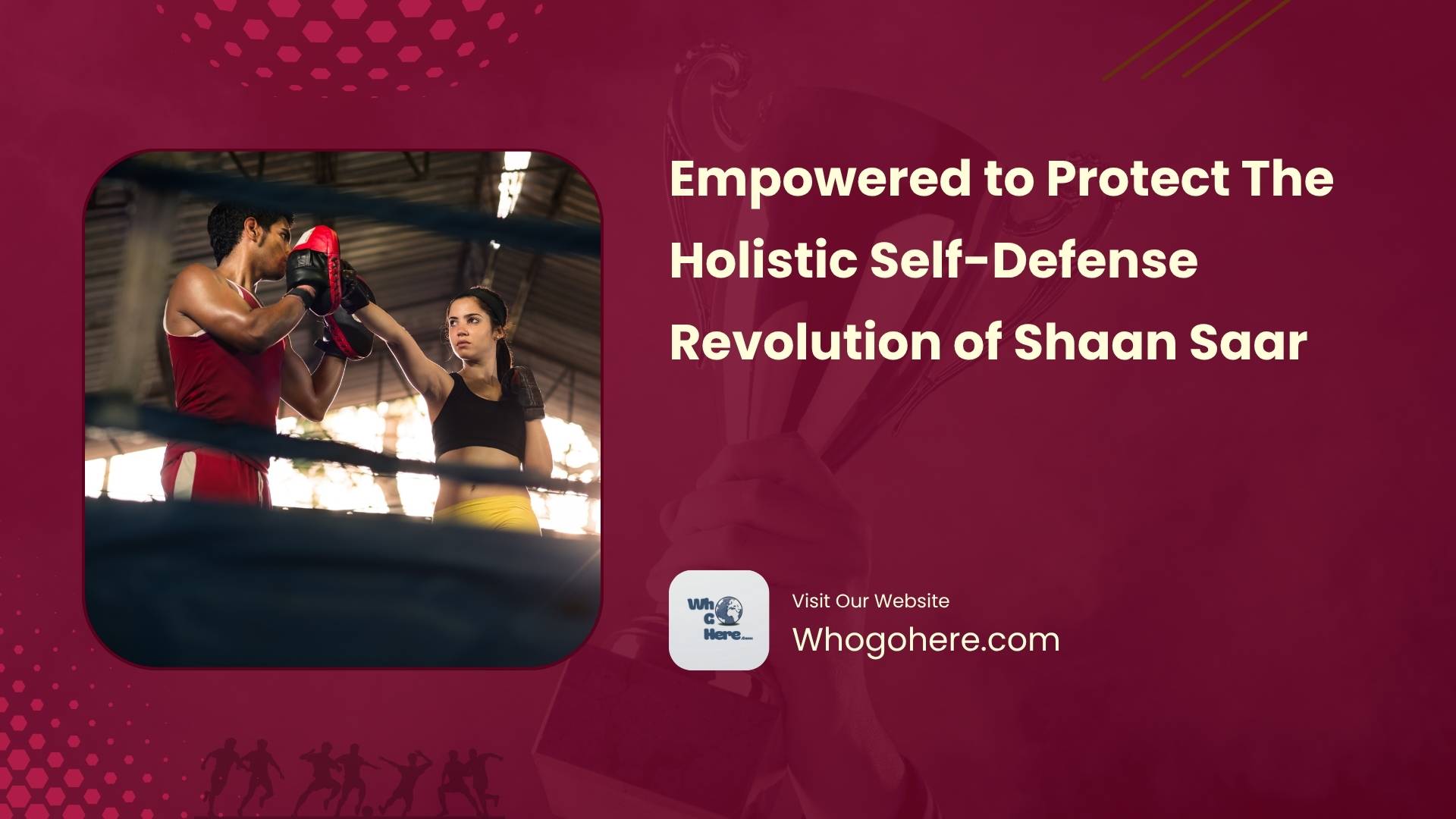Personal safety is more than just a concept—it’s a vital skill that everyone should prioritize. In today’s world, knowing how to protect yourself can be empowering and life-changing. But self-defense isn’t just about physical strength; it’s equally about mental resilience and awareness. Enter Shaan Saar, an innovative approach that marries traditional self-defense education with cutting-edge insights from criminal behavior analysis and human trafficking investigation.
Imagine not only mastering the art of self-defense but also understanding the psychology behind potential threats. This holistic method equips you with tools to navigate various situations effectively while fostering confidence in your everyday life. Whether you’re looking for practical skills or seeking a deeper understanding of personal safety dynamics, this approach will redefine how you think about protection and empowerment. Let’s dive into what makes this program unique and invaluable for anyone eager to enhance their safety journey.
The Importance of Physical and Mental Empowerment in Self-Defense
Physical and mental empowerment are crucial components of effective self-defense. It goes beyond just knowing how to throw a punch or escape an assailant’s grasp. True strength comes from feeling confident in your abilities.
When you train physically, you build resilience. This not only prepares your body for unexpected situations but also enhances your stamina and coordination. Each session boosts physical fitness while reinforcing the belief that you’re capable of defending yourself.
Mental empowerment is equally vital. Understanding potential threats fosters awareness and intuition. You learn to identify warning signs before they escalate into danger, giving you the upper hand in risky scenarios
Incorporating Criminal Behavior Analysis into Self-Defense Training
Incorporating criminal behavior analysis into self-defense training offers a profound advantage. It allows individuals to understand the motivations and patterns of potential threats.
Training is not just about physical techniques; it’s about mental preparedness. By studying how criminals think, students can anticipate dangerous situations before they escalate. This knowledge empowers them to make informed decisions.
Participants learn to recognize red flags in behavior—something that traditional programs often overlook. Understanding these signs can mean the difference between safety and danger.
Understanding Human Trafficking and Its Role in Self-Defense Education
Human trafficking is a pervasive issue that often remains hidden in plain sight. Understanding its dynamics is crucial for effective self-defense education. Traffickers target vulnerabilities, using manipulation and deception to control their victims.
Awareness of these tactics helps individuals recognize potential threats before they escalate. Self-defense training should not just focus on physical techniques but also include situational awareness and risk assessment.
By integrating knowledge about human trafficking into self-defense classes, students learn to identify red flags in various scenarios—whether it’s online interactions or real-life encounters.
This comprehensive approach equips individuals with the tools needed for proactive safety measures. It empowers them mentally as well as physically, creating a well-rounded foundation for personal security. Recognizing the signs can be life-saving; understanding this context enhances one’s ability to react effectively when it matters most.
How This Approach Differs from Traditional Self-Defense Programs
Traditional self-defense programs often focus solely on physical techniques. While striking and grappling are essential, they can leave participants feeling unprepared for real-world scenarios.
Shaan Saar takes a different route by integrating criminal behavior analysis into training. This holistic approach equips individuals with the knowledge to identify potential threats before they escalate.
Additionally, many traditional methods lack context regarding human trafficking. Shaan Saar educates students about recognizing warning signs and understanding manipulative tactics used by traffickers.
This unique blend not only teaches skills but also fosters awareness and confidence in everyday situations. Participants learn to navigate their environments thoughtfully, rather than relying solely on brute strength.
By addressing both mental readiness and practical skills, this method transforms self-defense from mere reaction into informed empowerment.
Success Stories: Real-life Examples of Empowerment and Safety Through this Approach
Maria, a single mother from a small town, approached the Shaan Saar program feeling anxious and vulnerable. After completing the training, she not only learned self-defense techniques but also gained confidence in her decision-making skills. One evening, while walking home late after work, Maria noticed someone following her. Armed with the knowledge she had acquired, she quickly devised an escape plan and successfully evaded potential danger.
Then there’s Jason, who struggled with anxiety stemming from past trauma. Through tailored sessions that combined physical strategies with mental resilience exercises offered by Shaan Saar, he transformed his mindset. When faced with an aggressive situation at a local event, Jason utilized both his newfound self-defense skills and assertive communication to diffuse the threat without escalating it.
These stories are just glimpses into how comprehensive training can lead to real empowerment and safety in everyday situations. Each individual discovers their strength through this unique approach to personal safety.
Conclusion
The journey toward personal safety and empowerment is a multifaceted one. By integrating self-defense education with insights from criminal behavior analysis, participants gain a deeper understanding of potential threats. This knowledge not only equips them with practical skills but also fosters confidence in their ability to respond to danger.
